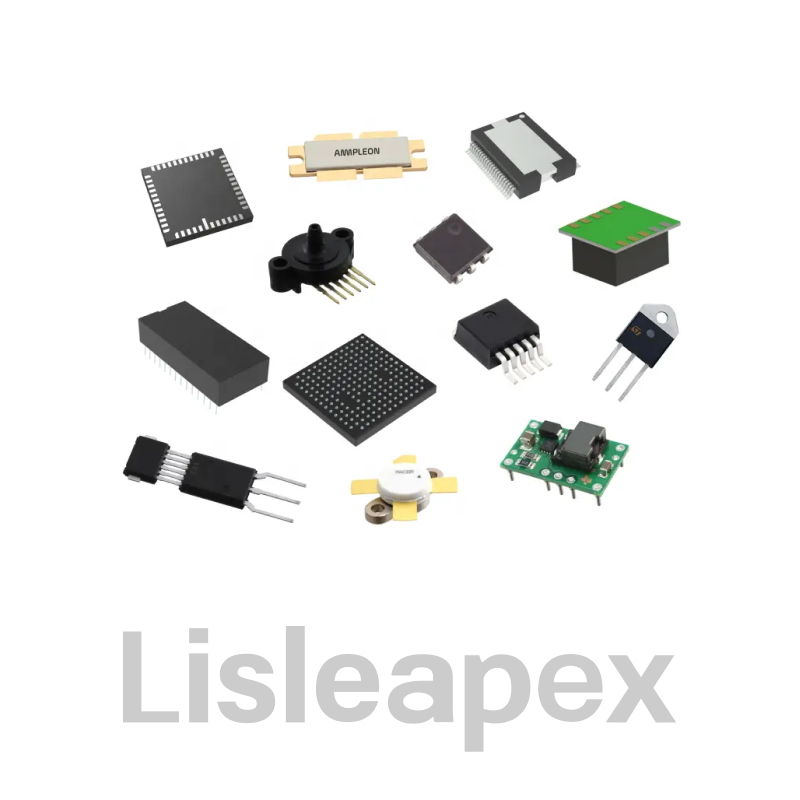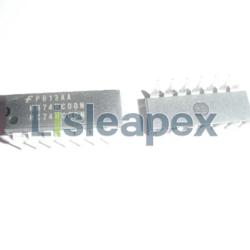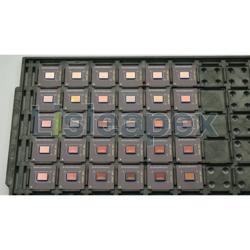According to Mems Consultancy, Vishay Intertechnology, Inc. (NYSE: VSH) recently announced the launch of two new fixed-gain infrared (IR) sensors: the surface-mount TSSP93038DF1PZA and the leaded TSSP93038SS1ZA.
These sensors are designed to reduce system costs and improve the stability of outdoor sensor applications. Both products feature a compact Minimold package with a typical illuminance of 1.3 mW/m², allowing them to operate reliably even under direct sunlight. Additionally, their sensitivity is sufficient to support grid applications.
The sensitivity of the new infrared sensors is adjustable, allowing them to operate under direct sunlight without generating unnecessary pulses. Moreover, for short-range reflection and proximity/distance applications, the sensitivity of the sensor does not require extremely low emitter forward current, which could result in unstable output intensity.
The new infrared sensors offer a rapid response time of 260 μs, and their proximity detection range is long (up to 1 meter using TSAL6100 at 100 mA). Under the same settings, the detection range for curtain applications can reach 11 meters. By using emitters with more concentrated illumination, such as VSLY5940, or by increasing the emitter forward current, the detection range can be extended.
These new infrared sensors are suitable for object distance detection and can be used in toys, remote-controlled aircraft, robots, proximity switches; traffic signal and parking lot occupancy detection, access control, and water level sensing; as well as sports events and lawn mower robot grids. They can also function as reflective sensors for applications such as hand dryers, paper towel or soap dispensers, automatic faucets, restrooms, vending machine drop detection, safety gates, and pet doors.
The operating voltage of the new infrared sensors ranges from 2.0 V to 3.6 V, with a supply current of only 0.35 mA. They are sensitive to a 38 kHz carrier frequency. The devices can receive infrared pulses from emitters with a peak wavelength of 940 nm, and they are not sensitive to power supply voltage ripple noise. They can shield against EMI and the infrared filter can suppress visible light. These sensors are compliant with RoHS and Vishay's green standards and are halogen-free.

 Congratulations On Your Successful Submission
Congratulations On Your Successful Submission
 Submission Failure
Submission Failure













